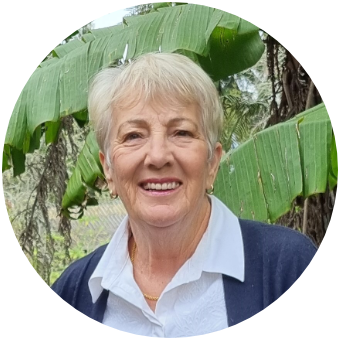January is the middle of summer in New Zealand where I live. That means July, when I started writing this series of posts, is the middle of winter. Our city doesn’t get winter snow, but cold winds and torrential rain are common. July and August are normal full time school terms here, but with some family in the USA, we are keenly aware that, in July, the California Colemans (our oldest son and his family) are not only enjoying warm summer weather, but also their long school vacations.
They don’t call it ‘the holidays’ like we Kiwis do; for Americans that word is reserved for statutory breaks like Thanksgiving and Christmas, the former being the longer and more universally acknowledged. In this sense they are closer to the original concept of “holy days” when our forebears would have a paid day or half-day to return to their families for festivals and small gifts.
This July, while I was enjoying several weeks away with the American family, my daily Bible reading started a series on Holy Days and Holidays. The British author used the Bible’s insight to reflect on what for her was a summer time break, just like in the USA and other Northern Hemisphere regions. She wrote yearningly that we have all had the experience of being on holiday and thinking, ‘I wish everyday could be like this!’
“There is something unique and special about the experience of taking a holiday, whether that is an extended stay in some exotic clime, a couple of days away just a few miles down the road, or even a true ‘staycation’, time carved out at home which includes days out either locally or slightly further afield.” (Louise Davis, Bible Reading Fellowship contributor, and children’s worker in the UK).
Louise Davis then embarked upon a fifteen-day series of reflections on the idea of Holy Days and Holidays, not just in the church calendar but with themes from our daily life. I found it refreshing to ponder each day a memory of holidays long ago, in family-owned rural cottages or on my Gran’s farm, or of more recent sojourns in places around the world with our own children, and more recently just the two of us. This series is based on Louise Davis’ writing, which sparked a response in my own mind and heart.
Most of us recognize that the term ‘holiday’ originates from ‘holy day,’ referring to those days in the church calendar dedicated to commemorating significant events in the Christian narrative—such as Christmas and Easter—or honouring special individuals, like saints. However, at first glance there is not much that is holy about the holidays we take nowadays. They may feel like an indulgence, a luxury, something a little bit selfish that gives us a break from ‘real life’. However that special holiday may have taken a long time to save up for, or in our case, be an annual break where we have quality time with teenage overseas. (New Zealanders use the term ‘overseas’ rather than international or abroad, as we are an isolated island nation bordering no other country; every international trip is literally overseas.)
This series of posts will consider whether there is more that is holy about our holidays than we might realise, and wonder about bringing that holiday holiness back into the pressures and ordinariness of everyday life.
Louise Davis concluded each reading and reflection not with a prayer, but with a suggestion for ways in which we might put that day’s aspect of ‘holiday’ into practice. That might mean devoting a little space and time to the theme, or be an idea for a practical action which might require some organisation or some money. I pray you too will see the holy in the ordinary as you travel with me.


